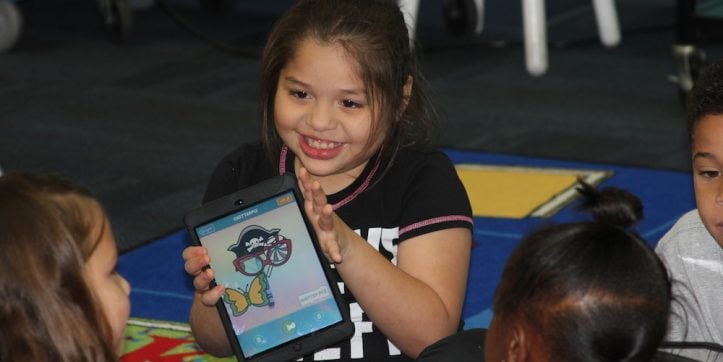Wood Elementary librarian incorporates bond-funded technology

An audible gasp arose from the mesmerized first graders as Wood Elementary Librarian Margaret Minyard asked, “What’s wrong with Blue?”
She turned the page and continued reading the story.
Minyard’s library and the lessons she teaches are a bridge to the future for her students, embracing and implementing the best of the past with the best of the future – in other words, she uses books and technology.
On this summer-school day, a scene played out that has looked the same for generations. First graders sat on the rug, surrounded by shelves of books, and listened intently as their librarian read a story from a real book, turning real pages. But then, after she read the last page and closed the book, the sameness ended.
She began passing out iPads to each student and assigned an activity that would enhance their comprehension and creativity, along with their technology skills. She gave directions for the assignment using her own computer, projecting her screen onto the large screen adjacent to the rug where all the students sat.
The iPads she gave each student were funded by the 2014 Bond program, which aims, among other goals, to improve the AISD’s technology at every campus and foster innovative education. All AISD elementary libraries have received carts of iPads, giving librarians the opportunity to take their libraries – and their students’ educational experience – to the next level.
“I use technology every single day in the library,” Minyard said. "It’s teaching them how to integrate technology and getting them ready for the upper grades.”
It’s also preparing them for life beyond school, where technology is becoming ubiquitous and technology skills are imperative for so many careers.
Before the bond-funded cart of iPads arrived, Minyard already had some, but not enough to give to each student in a class. Now, with more devices, incorporating technology is easier and more effective. It also allows students to work at their own ability level and customize their assignments and projects, which, Minyard pointed out, encourages buy-in and participation.
Minyard, who also has Chromebooks in the library, said there are numerous uses and many great apps for their devices. On that summer-school day with first graders, the students used the iPads to draw a mouth on a photo of one of the characters in the book Minyard had just read. Then they used the iPads to record – in their own voices – a letter they composed to another character in the book, acting as if they were in the story.
Later that same day, Minyard’s class of fifth graders used devices to create a biographical slideshow illustrating the life of an important person they had researched. Then they recorded themselves narrating the slideshow.
The potential for educational opportunities afforded by the iPads and Chromebooks is limitless. Minyard said she has taught coding with the devices. With third graders, they used iMovie on the Chromebooks to write and produce a newscast. Students take Accelerated Reader quizzes on the iPads and use an app called Toontastic to test comprehension. And the uses and potential go on and on.
Thanks to the 2014 Bond, these important technology tools are reaching every AISD classroom and library. And it’s thanks to teachers and librarians like Minyard who are utilizing these tools, innovating and adapting their teaching methods so that Arlington students receive an outstanding, practical and relevant educational experience.
